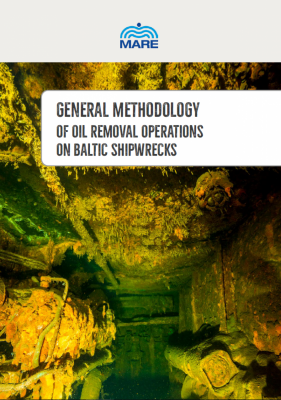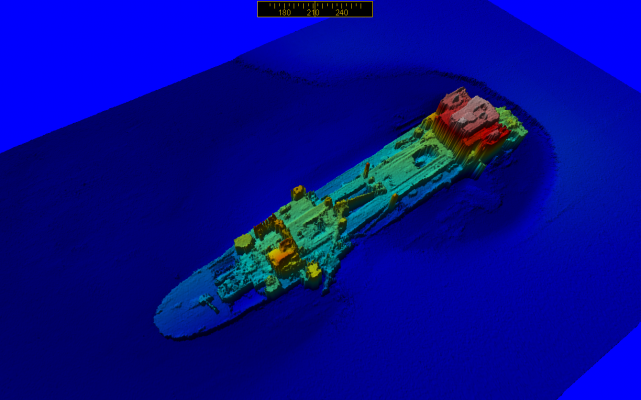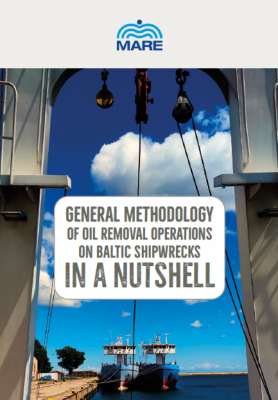International Conference: Dangerous wrecks part 2 held on on-line
On 18th January 2021 over 150 participants participated in the second conference on dangerous shipwrecks organised by the MARE Foundation. The conference was part of the project on dangerous shipwrecks run by the MARE Foundation since 2018. The Foundation had run a media campaign and collected over 65,000 signatures in support of its petition to prevent oil leakage from shipwrecks. An expedition to the Franken shipwreck was conducted in the beginning of the project. General methodology of oil removal was published.
Benedykt Hac presented the general methodology of oil removal operations on Baltic shipwrecks on the example of the Franken shipwreck. He referred to the publication by the MARE Foundation, setting the general principles on how to conduct oil removal operations. In preparing the publication there was a wide exchange of views on the methodology between different stakeholders. Methods to collect data on shipwrecks was presented. He also presented the methodologies of surveys. He also referred to the definition of dangerous wrecks. The term “dangerous wreck” should be understood as a wreck containing fuel or/and other chemical substances hazardous to the environment in the tanks or any other enclosed space in quantities greater than 10 m3, a wreck lying at the seabed less than 10 miles away from the coast and when the nearest coast is a sand beach, rocky beach or a cliff. The risk degree depends on such parameters as the amount of fuel, the distance from the coast (location) and the type of the coastline. He focused on the example of the Franken shipwreck. Full documentation is available on this wreck. He pointed to environmental risk assessment methods and presented the steps to be taken in the risk analysis. In Sweden, Chalmers University in Goteborg constructed the VRAKA system that permits the Swedish Agency for Marine and Water Management to classify the wrecks, manage the risk and collect data, which leads to cleaning 2-3 wrecks per year (out of 316 wrecks, including 30 very dangerous ones). The British wreck assessment model had served as the model for the Baltic. It is simple, but at the same time precise. He presented the available methods for removing oil and remediating the contaminated sediments (dredging, capping, hot-tapping etc.) and the costs of different methods. He concluded by underlining that determining the necessary procedures to be followed while examining the impact of wrecks and the fuel they contain on the marine environment, estimating the threats those wrecks pose to the environment, and how to mitigate the effects of these threats – is at present one of the most pressing challenges in the protection of the Southern Baltic. It is a task for scientific institutions dealing with the marine environment, as well as for the maritime administration at all levels.
Matt Carter presented the overview of work with the Second World War shipwrecks in the Pacific. He focus on potentially polluting wrecks. Following a risk assessment, 55 wrecks were considered as priority ones in the Pacific. He gave examples of focus areas with the greatest number of dangerous wrecks (Chuuk Lagoon). These area are particularly vulnerable to oil spills due to tourism and fisheries activities. The problem of potentially polluting wrecks can be solved by using available technology and methods, including collaborative approach by different stakeholders. Being proactive is much cheaper than doing nothing.
Matt Skelhorn presented the Salvage and Marine Operations (SALMO) and the UK OD Wreck Management Programme. He referred to the methodology and the potentially dangerous ship wrecks. Michał Latacz, NOA Marine presented unmanned technologies as an intelligent network for remote underwater observation of the ecosystems. Jorma Rytkönen, Finnish Environment Institute SYKE spoke on the activities with relation to wreck induced pollution in Finland. He referred to the WRECKS project.
Download:




